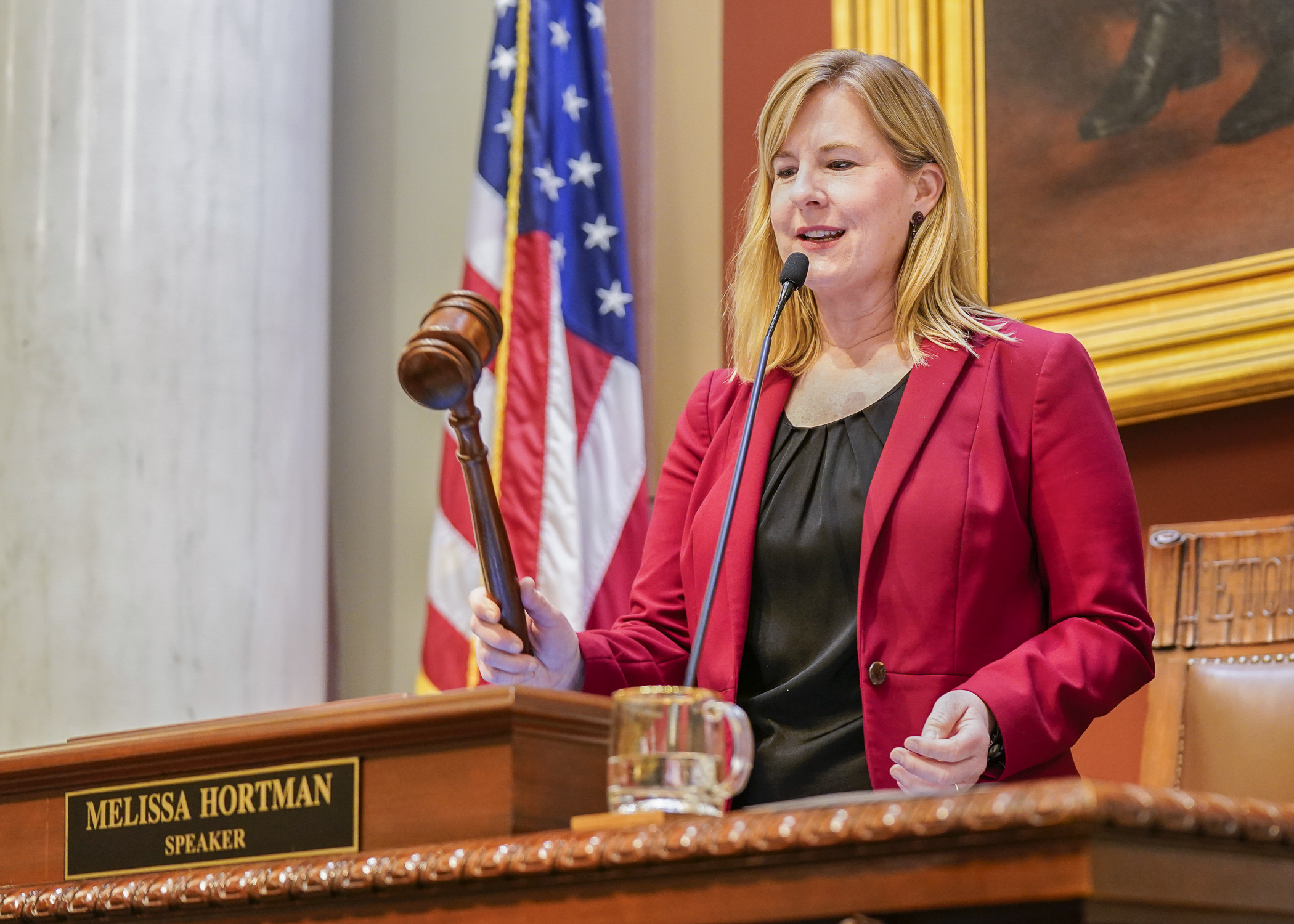New consumer protections considered for mail-order prescriptions
Whether because of convenience or necessity, many Minnesotans have come to rely on prescription drugs delivered by mail. But some of these medications can be impacted by variations in temperature, reducing their efficacy.
“They could be taking a drug that doesn’t work … and they have no way of even knowing,” said Rep. Tina Liebling (DFL-Rochester), chair of the House Health Finance and Policy Committee during its Friday hearing.
Rep. Patty Acomb (DFL-Minnetonka) sponsors HF1158, which would require mail order and specialty pharmacies to include devices in their packaging that would monitor the temperature of sensitive prescriptions.
“This would give the confidence customers deserve,” Acomb said.
It was held over for possible inclusion in an omnibus bill. There is no Senate companion.
Temperature-monitoring devices – such as tags that could be included in the packaging for as little as $1 each – would show if sensitive medications have been exposed to extreme heat or cold, Acomb said.
The Board of Pharmacy has not yet considered this specific proposal, though it intends to do so at its March meeting, Executive Director Dr. Cody Wiberg said.
However, it has received complaints related to this issue – both in the summer and the winter – from people whose medications have been rendered “unusable” by exposure to temperature extremes. And in 2011, it responded by adopting a rule stating that when medications are delivered, “appropriate packaging and devices” are required, he said.
“The one difference … is our rule has this little caveat that says ‘in the professional judgement of the pharmacist,’” making the inclusion of temperature monitoring devices technically optional, Wiberg said.
Safety measures for drugs with special handing requirements are already routinely and rigorously followed by mail-service pharmacies, said Michelle Mack, director of state affairs for the Pharmaceutical Care Management Association, a national association representing pharmacy benefits managers.
She expressed concern about the scope of the bill, how non-pharmacy portions of the supply chain would be impacted, and why the requirement was being put into statute instead of going through a non-legislative rule-making process.
“How am I, as a consumer, supposed to know whether that drug has lost its efficacy because of temperature fluctuation?” Liebling asked. “I think your answer is ‘we do our best, so trust us that we did our best.’”
Related Articles
Search Session Daily
Advanced Search OptionsPriority Dailies
Speaker Emerita Melissa Hortman, husband killed in attack
By HPIS Staff House Speaker Emerita Melissa Hortman (DFL-Brooklyn Park) and her husband, Mark, were fatally shot in their home early Saturday morning.
Gov. Tim Walz announced the news dur...
House Speaker Emerita Melissa Hortman (DFL-Brooklyn Park) and her husband, Mark, were fatally shot in their home early Saturday morning.
Gov. Tim Walz announced the news dur...
Lawmakers deliver budget bills to governor's desk in one-day special session
By Mike Cook About that talk of needing all 21 hours left in a legislative day to complete a special session?
House members were more than up to the challenge Monday. Beginning at 10 a.m...
About that talk of needing all 21 hours left in a legislative day to complete a special session?
House members were more than up to the challenge Monday. Beginning at 10 a.m...